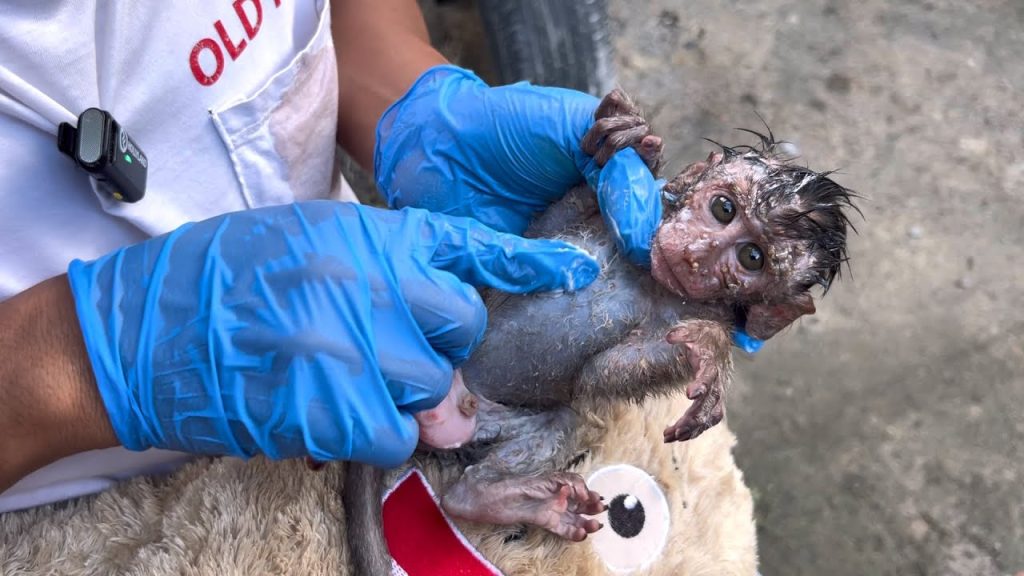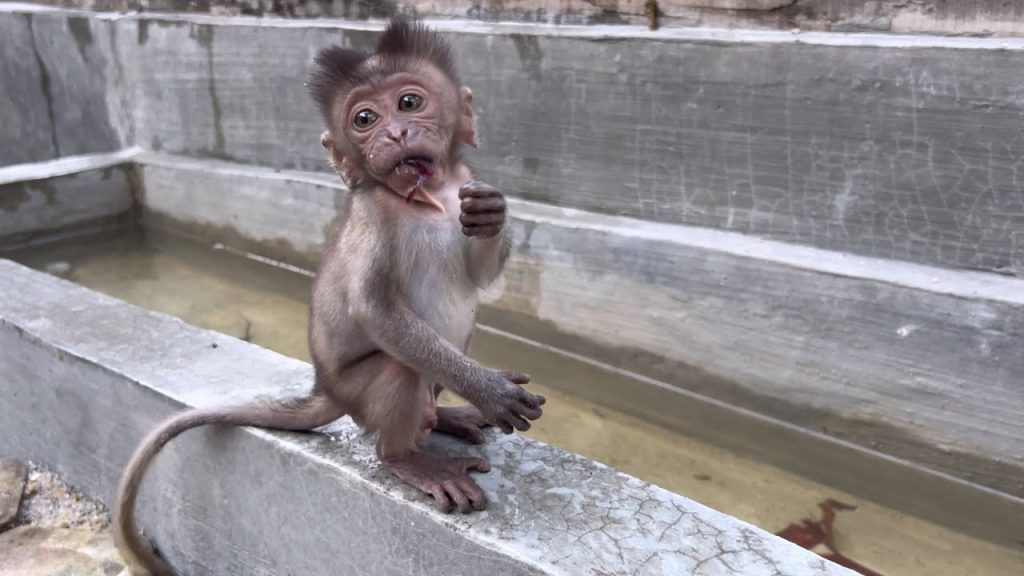
In animal welfare, a case such as a neonate non-human primate abandoned immediately after birth is always an emergency, and an umbilical cord still present is a strong biomarker for age, hydration risk, and triage priority. An infant macaque — which is the most common species in Southeast Asia for these rescue videos — is effectively immunologically naked in the first 24–48 hours. In human medicine we speak of “golden hour.” For NHP neonates the window is even tighter, because thermoregulation, colostrum, and passive immunity transfer are almost impossible to replicate artificially. In wildlife centers the first ethical question is: what is the goal of intervention? Is it rehabilitation for eventual wild reintegration? Is it hand-rearing for permanent sanctuary? Those two tracks have different protocols. If you intend reintegration, then human contact must be minimized, bedding must smell like troop substrate, and all formula has to avoid imprinting rituals. If permanent sanctuary is the projected fate, then behavioral scaffolding is different — you can optimize for long-term stress stability rather than wild troop mimicry.
The umbilical cord itself is not merely a cute shock-value visual — clinically it matters. You do not cut it flush. You leave a hygienic stump and you disinfect with chlorhexidine, not alcohol, and you do not suture unless actively bleeding. The stump is a microbiological risk vector, so bedding must be dry and warm, but not humid. Warming must be indirect — heat pad under half of the nest so the infant can choose a gradient. Never heat lamp directly on neonate dermis.
The worst cinematic mistake in wildlife viral clips is bottle-feeding cow’s milk. That is catastrophic for primate gut flora. Neonates require species-appropriate formula: goat-milk-base + taurine + AA ratio that mimics primate breast milk fat profile. Even then, you feed tiny, frequent, vertical posture, and you burp.
The ethical core: the intervention must not be engineered to make a “cute” social video for clicks. The moral optimum is invisible care, not cinematic care. A wild animal is not a pet — a wild animal is a stakeholder with agency, a future, and a right not to perform. Rescue should not become content. It should become capacity building, quiet infrastructure, competent protocol, and a future troop waiting, somewhere in the forest, that will never know a human gave this neonate a chance to live.


